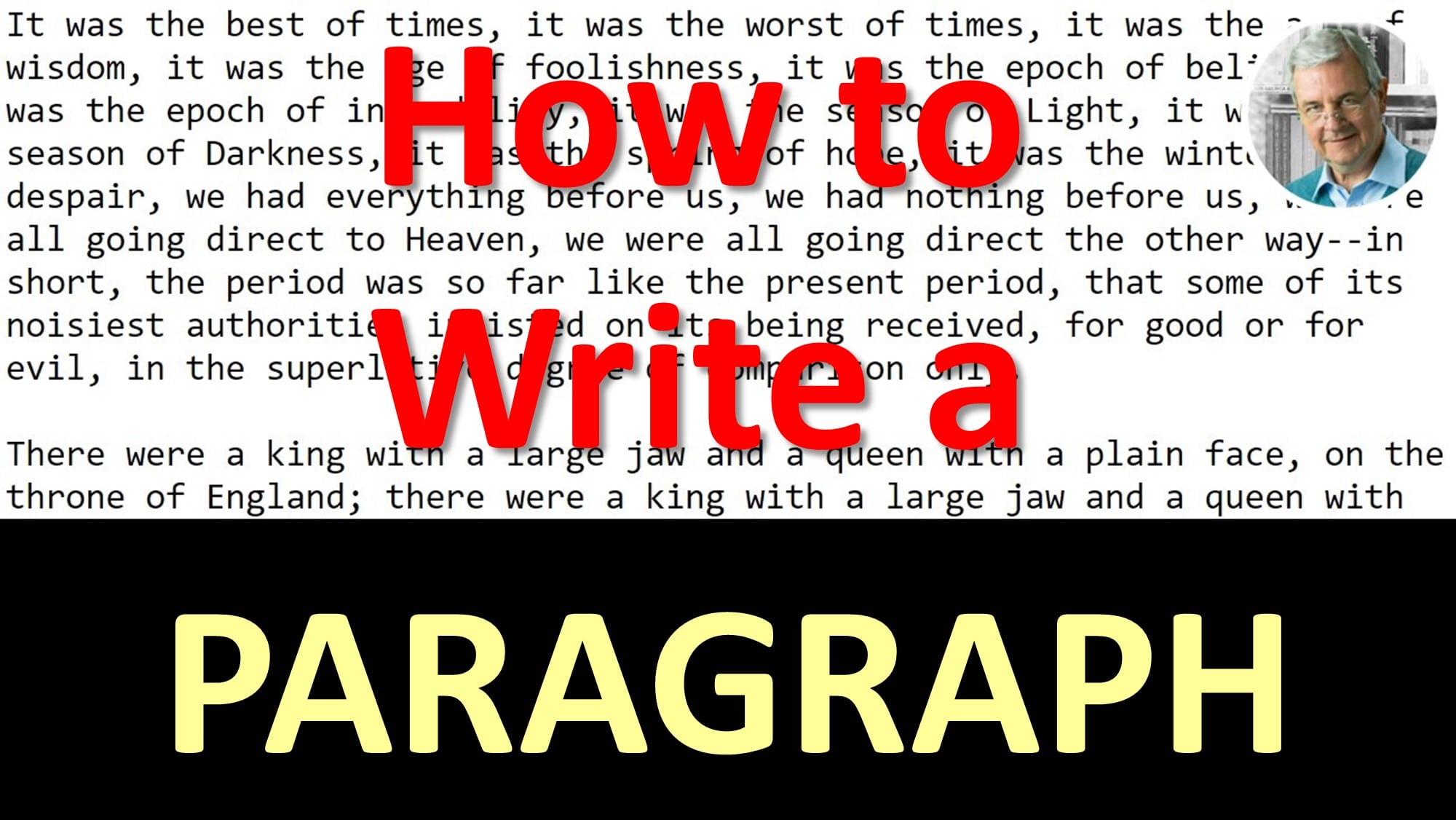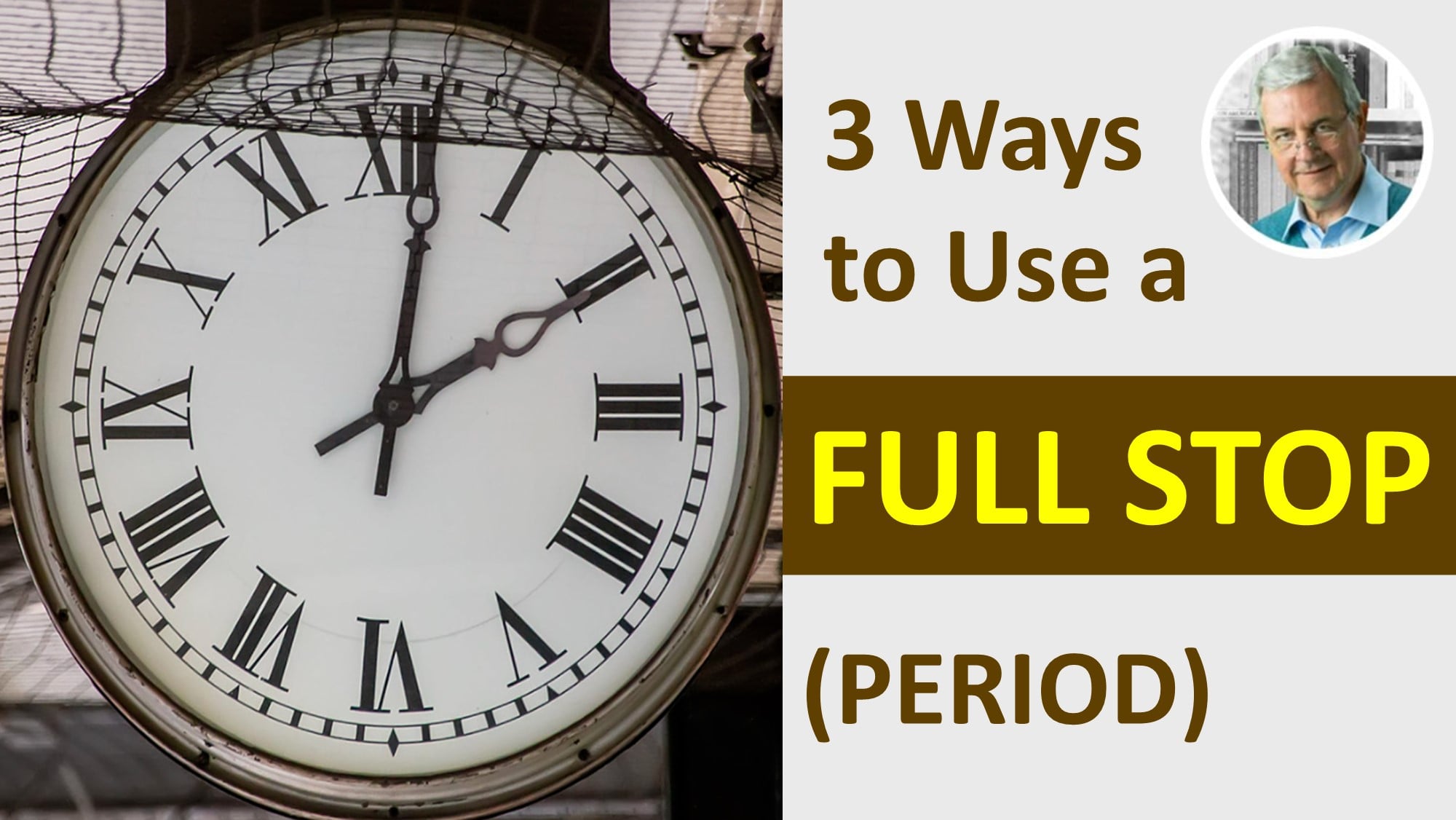SEMI-COLON Usage Examples (Illustrated): How to Use a SEMI-COLON
If you are interested in how to use a semi-semi-colon, be sure to check
The PUNCTUATION GUIDE here:
Here is a transcript of the video: “How to Use a SEMI-COLON (Illustrated Examples)”
Slide 2:
Just a quick reminder:
Continually IMPROVE YOUR ENGLISH
Click the subscribe button
the Bell icon
All
Slide 3:
How to use a SEMI-COLON
We are going to look at 3 simple rules and 3 semi-colon usage examples . . .
Slide 4:
Use #1
Use between items in a series, or groupings or list
Here’s an example:
Slide 5:
In 2022, the 5 most populated capital cities in the world were: Tokyo, Japan; Jakarta, Indonesia; New Delhi, India; Manila, Philippines; and Seoul, South Korea.
Slide 6:
Notice a comma is used after the first word in the word group,
Slide 7:
and then a semi-colon to show the break in word groups.
Slide 8:
The conjunction AND is used before the last item in the list, following the semi-colon.
Slide 9:
Use #2
Use between closely related clauses or two complete sentences not already linked with the conjunctions:
and
but
for
or
nor
so
yet
Slide 10:
Look at these two sentences:
She finds the sweltering heat of summer difficult. Autumn is her favourite season.
This is grammatically correct.
Slide 11:
Notice we can join the two, closely related sentences with a semi-colon and make it one sentence. This is also correct.
She finds the sweltering heat of summer difficult; autumn is her favourite season.
Slide 12:
Why use a semi-colon when you can write it as two sentences?
There may be times when the writer feels two sentences are so closely related, they shouldn’t be separated by full stop (period).
Slide 13:
Use #3
Use between closely related clauses or two complete sentences which are linked with transitional words like:
for example
however
in addition
in conclusion
meanwhile
next
similarly
therefore
Note: transitional words are normally followed by a comma
Side 13:
Notice these two sentences, the second sentence beginning with “for example”.
His Mum is very economy-minded. For example, she is always telling him off for leaving lights on in his room.
Slide 14:
You could also join these sentences into one, using a semi-colon. “For example” follows the semi-colon which is followed by a comma.
His Mum is very economy-minded; for example, she is always telling him off for leaving lights on in his room.
Again, the writer here may feel the two sentences are so closely related, they shouldn’t be separated by a full stop (period).
It’s up to the discretion of the writer.
Slide 15:
So to summarize, use semi-colons:
- between a series in a list to make word groupings clear
- connect two closely related clauses or sentences as long as they are not linked with the conjunctions:
and, but, for, or, nor, so, yet - connect two closely related clauses or sentences that are linked with the transitional words:
for example, however, in addition, in conclusion, meanwhile, next, similarly, therefore
Slide 16:
Has this video helped you?
LIKE | SHARE | COMMENT NOW!
Slide 17:
Build A Powerful English Vocabulary
with my FREE course on UDEMY
Go to: http://goodenglish.online
Image Credits
Slides 5-8 – Capitals
Creative Commons
Tokyo
https://flic.kr/p/53SKbW
Jakarta
https://flic.kr/p/4vAyAe
New Delhi
https://flic.kr/p/PdKnGq
Manila
https://flic.kr/p/Xggen5
Seoul
https://flic.kr/p/68csUY
Slide 10, 11: summer
Creative Commons
https://flic.kr/p/2g9KouN
Slide 14, 15: light
Creative Commons
https://flic.kr/p/bYCHw7
Regarding the use of illustrations and photographs used in this video:
Creative Commons Attribution Licence
Others are allowed to copy, distribute, display, and perform copyrighted work – and derivative works based upon it if they give credit to the creator or source.
https://creativecommons.org/licenses/by/4.0/legalcode
If you are interested in SEMI-COLON usage examples, check this page:
How to Write a PARAGRAPH in English



